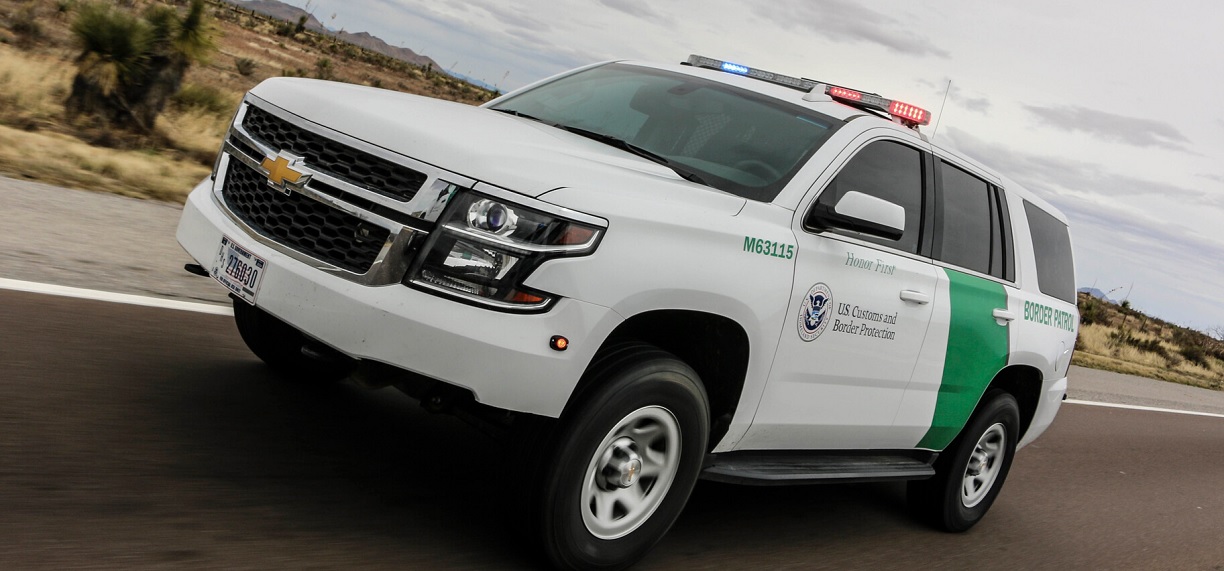As the border has become harder to cross over the last few years, smugglers have increasingly turned to the use of vehicles to smuggle migrants. But along with this rise has come an increase in Border Patrol chases when smugglers attempt to flee—and a significant jump in deadly crashes.
Newly revealed data obtained by the American Civil Liberties Union shows that a record 35 people have been killed in high-speed Border Patrol chases in the last two years. Many more have been severely injured.
The new data reveals that chases have been on the rise for years, leading to more deaths and more injuries. Many of the drivers are U.S. citizens, often in desperate financial straits. Cartels and smuggling organizations recruit them to drive a car from one location to another while carrying migrants. And when a vehicle filled with people hidden inside and unable to wear seatbelts crashes, the results can be mass casualty events.
Some police departments restrict the use of high-speed pursuits to people suspected of violent crimes. But the Border Patrol allows all its agents to chase after any person who attempts to flee, regardless of the suspected offense. Official policy made effective in early January gives agents the broad discretion to determine whether “the law enforcement benefit and need for emergency driving outweighs the immediate and potential danger created by such emergency driving.”
Border Patrol’s practice of chasing suspected smugglers has long been under scrutiny for the risk it causes to migrants who are often packed into cars and trucks. From 2015 to 2018, 1 in 3 high speed pursuits ended in crashes, with at least 22 people dying and 250 people being injured. In many cases, agents intentionally caused the vehicle to crash by using “spike strips,” which are laid across the road to puncture a vehicle’s tires.
High speed pursuits often lead to harm for other individuals on the road who may be struck by a fleeing vehicle. For example, on January 11 a Border Patrol pursuit in San Diego resulted in a fleeing vehicle striking an SUV and causing it to roll over. And while no one was injured in that incident, other times people are not so lucky.
A month earlier, an 18-year-old American citizen smuggling six people near Mission, Texas fled from both local police and Border Patrol. As he approached the center of town, local police discontinued the pursuit, but the Border Patrol continued the high-speed chase. Moments later, the teenager struck another vehicle on the road, killing a mother and daughter.
The Border Patrol has long avoided accountability for such incidents through the use of secretive “critical incident teams” which report crashes and carry out their own investigations designed to “mitigate civil liability” for agents. These teams often stop local police from carrying out their own investigations.
For example, on August 3, 2021, after an S.U.V. drove around a Border Patrol checkpoint outside of Las Cruces, New Mexico, a Border Patrol agent began pursuing it. One mile later, the agent deliberately struck the vehicle, causing it to roll over and eject eight migrants, killing one. According to the New York Times, when New Mexico State Police arrived to investigate, agents refused to give statements to the police, stating “Our critical incident team is coming out. They’ll do all the crime scene stuff—well, not crime scene, but critical incident scene.”
Given the rise in smuggling by vehicle over the past few years and the corresponding increase in the lethality of chases, changes must be made at the Border Patrol. While smugglers are undoubtedly at fault for risking the lives of the migrants, that does not excuse the Border Patrol’s actions in creating unnecessary risk of death or severe injury.
To reduce the risk of deaths, the agency should establish common-sense restrictions on high-speed pursuits. The agency should also end the practice of using secretive critical incident teams that are designed to limit liability, and instead commit to transparent investigations by third parties.
FILED UNDER: border patrol


